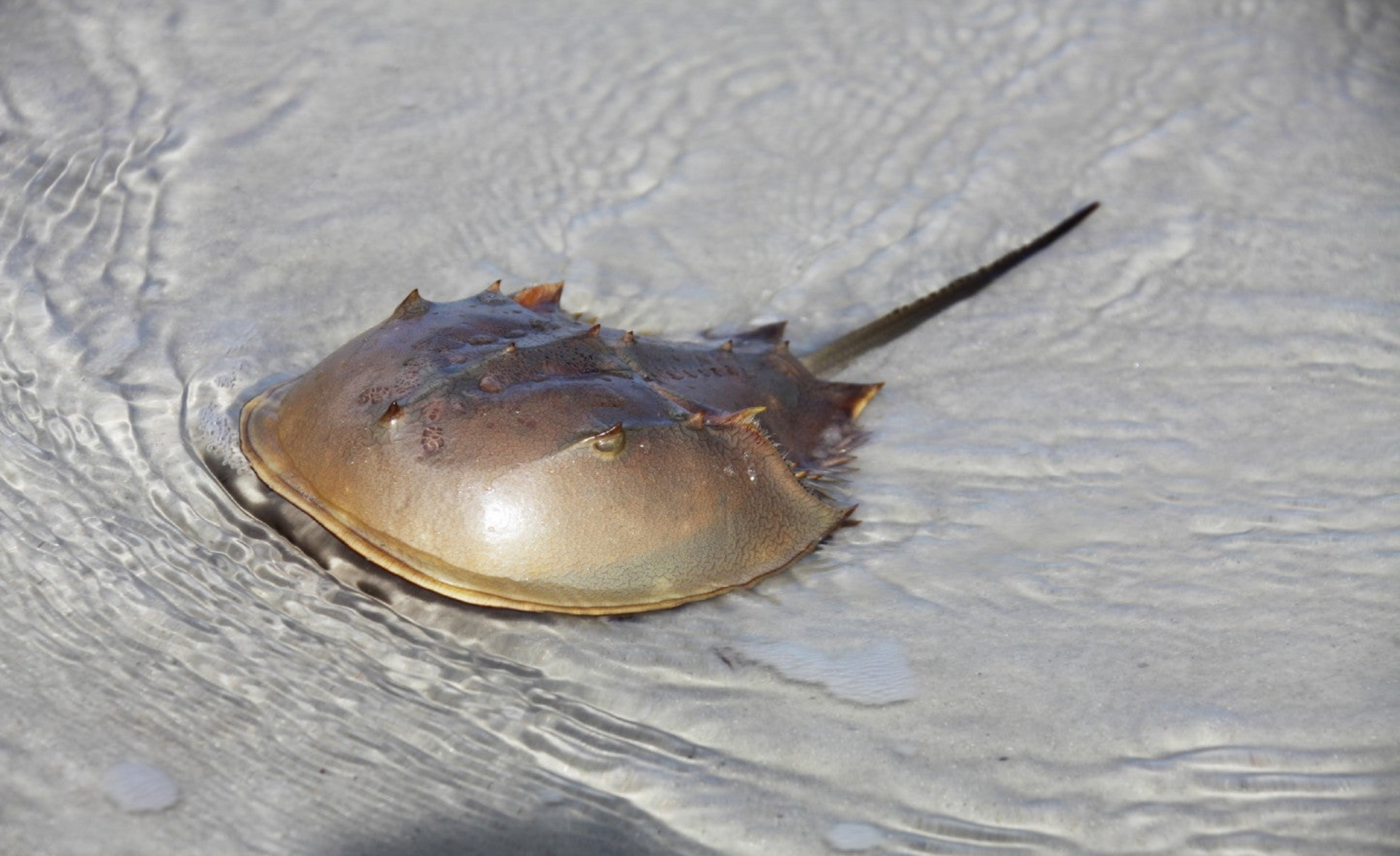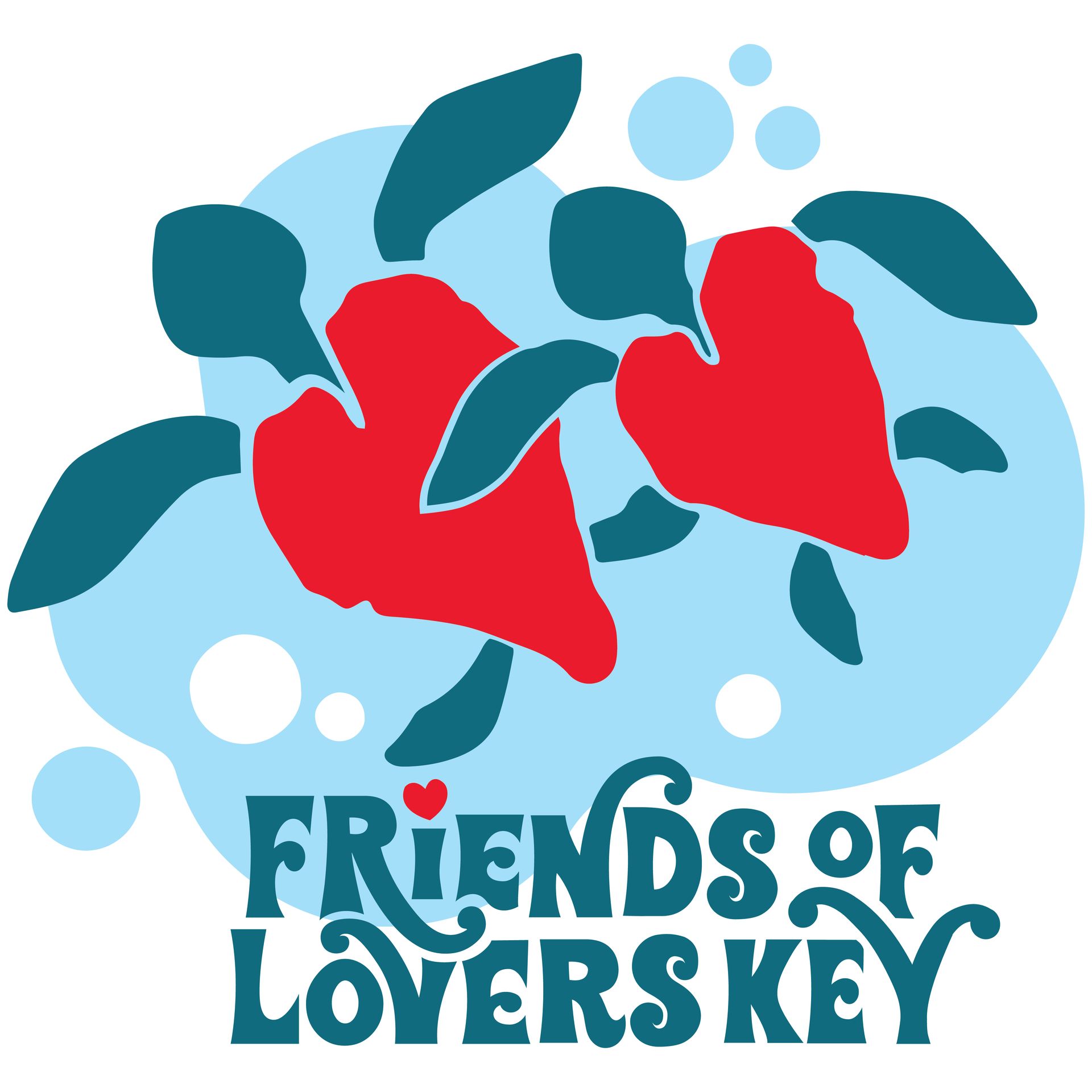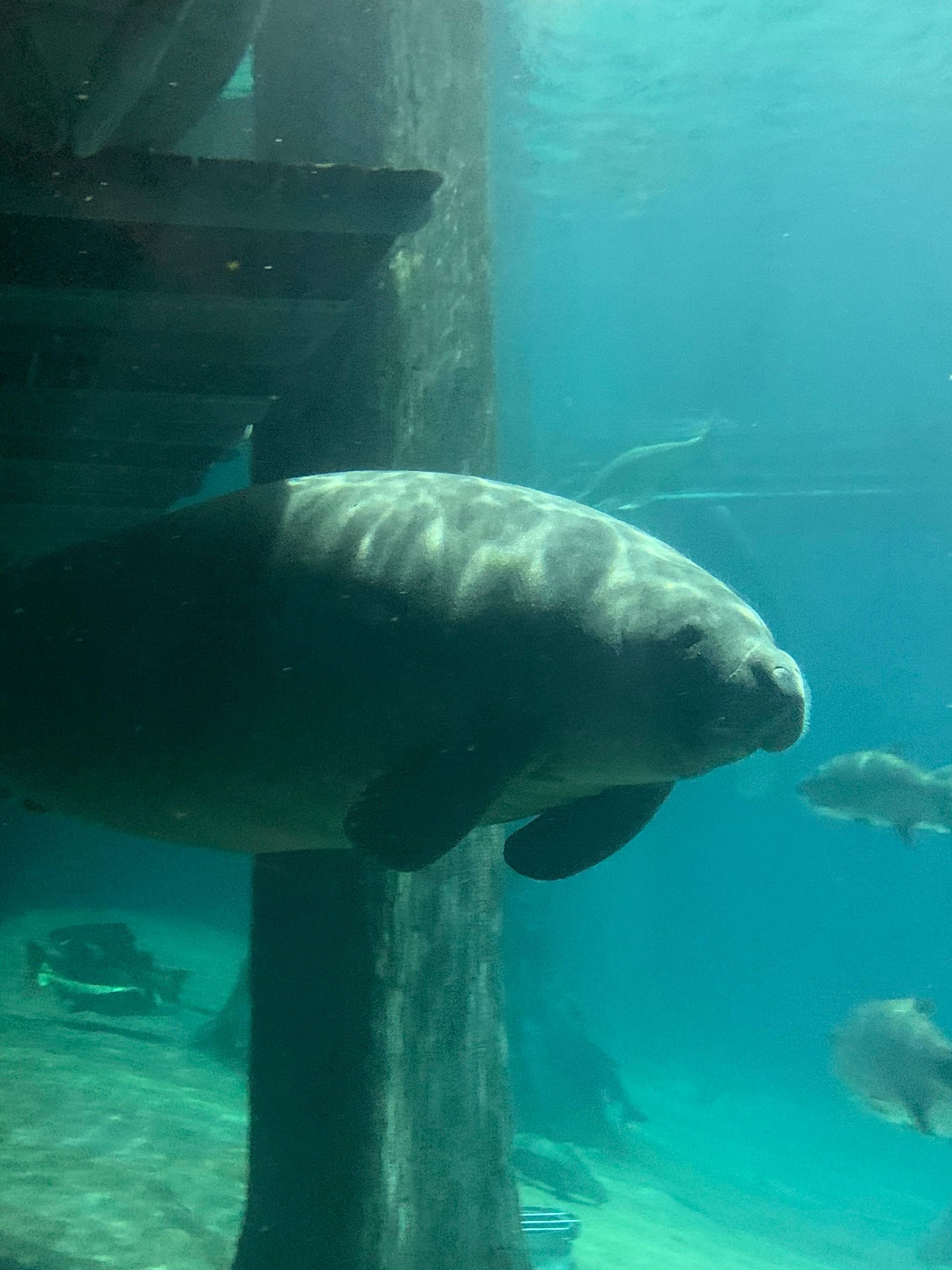Sand, Sea—and Careful Timing: Beach Renourishment at Lovers Key State Park
Lovers Key State Park is one of Southwest Florida’s true coastal treasures: a string of barrier islands, wide white-sand beaches, mangrove-lined estuaries and a rich cast of wildlife. Like many Gulf Coast beaches, Lovers Key is dynamic — storms, longshore drift and sea-level change continually move sand around. Periodic beach renourishment (bringing in compatible sand to rebuild the shore) is often necessary to protect habitat, infrastructure and visitor access. But on this shoreline the timing of those projects matters enormously: Lovers Key is critical nesting habitat for sea turtles and for a variety of shorebirds, and construction must be planned to avoid impacts during sensitive nesting seasons.
Why renourishment is needed — and why timing matters
Renourishment restores beach width that protects dunes, trails, picnic areas and the fragile interface between beach and maritime hammock. A wider beach can also improve nesting habitat for loggerhead and other sea turtles and reduce erosion impacts to upland vegetation. However, active construction — heavy machinery on the sand, bright lighting, noise, and changes to dune profile — can directly harm eggs, incubating nests, and nesting birds, or discourage mothers and birds from using a stretch of beach. For that reason, managers and contractors coordinate the when and how of nourishment projects with wildlife and resource agencies.
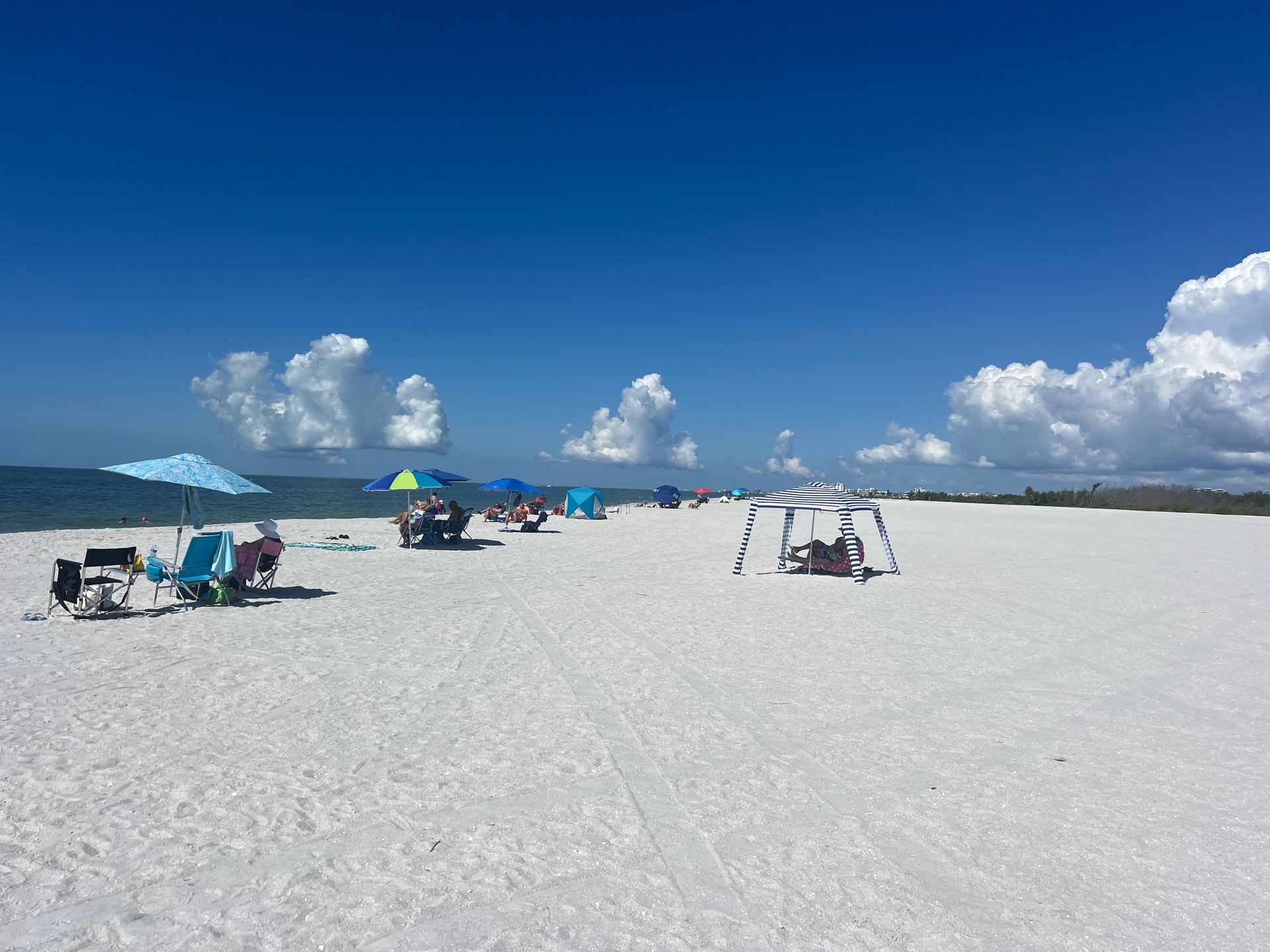
The seasons you need to be watchful
Sea turtles in Southwest Florida typically nest on Gulf beaches in late spring through fall. In many nearby counties and state park guidance, sea turtle nesting season runs broadly from May (or May 1) through October (or October 31), with peak activity in early summer. That window is when females come ashore at night to lay eggs and when hatchlings emerge and scramble to the sea. Disturbing the beach with bright lights or heavy equipment during this period can disorient hatchlings or destroy nests.
Shorebirds and seabirds (including species like least terns, Wilson’s plovers, oystercatchers and black skimmers) also nest on beaches and dune flats. In Florida the official shorebird/seabird “nesting season” guidance frequently runs from mid-February through late summer (for some regional guidance the season is described as Feb. 15 through Sept. 1, varying by county). Many shorebird species begin early in spring and will defend small scrapes in the sand where eggs are laid — habitat that is very vulnerable to construction and public disturbance.
How managers minimize conflict
To protect both public safety and wildlife, agencies and local governments use several complementary strategies when planning beach work:
• Seasonal scheduling. Whenever possible, fill placement and heavy mechanical work are scheduled outside sea turtle and shorebird nesting seasons. When projects must occur close to nesting windows (for example, after emergency storm damage), special permits and mitigation measures are required.
• Pre-construction surveys and monitoring. Biologists survey the project footprint for active nests before work begins. If nests are present, work is modified, delayed or small areas fenced off and monitored until hatchlings emerge. State parks and county projects typically include nest monitoring as a permit condition.
• Night lighting controls and worker training. Since hatchlings navigate by natural light, contractors use shielded, low-impact lighting and limit nighttime activity near potential nesting zones. Workers receive briefings on identifying nests and nest protection.
• Public outreach and temporary closures. During nesting season, the park and partner groups will post signs, install symbolic fencing and ask visitors to avoid dune areas and marked nests. Local “Friends of” groups often help fund signs and volunteer patrols to keep beaches clear for nesting.

Case in point: planning in Lee County and Lovers Key
Lee County and state partners have coordinated recent nourishment work in the Lovers Key / Bonita Beach and Fort Myers Beach area, especially after large storms such as Hurricane Ian. Project solicitations, permit documents and long-range DEP budgets show that nourishment planning includes ecological monitoring and timing considerations to reduce impacts to nesting habitat. That means projects are designed with both engineering and biological constraints in mind — and timelines are often set to avoid the May–October turtle season and the earlier portions of shorebird season where feasible. When unavoidable, project permits include strict mitigation and nest-monitoring requirements.
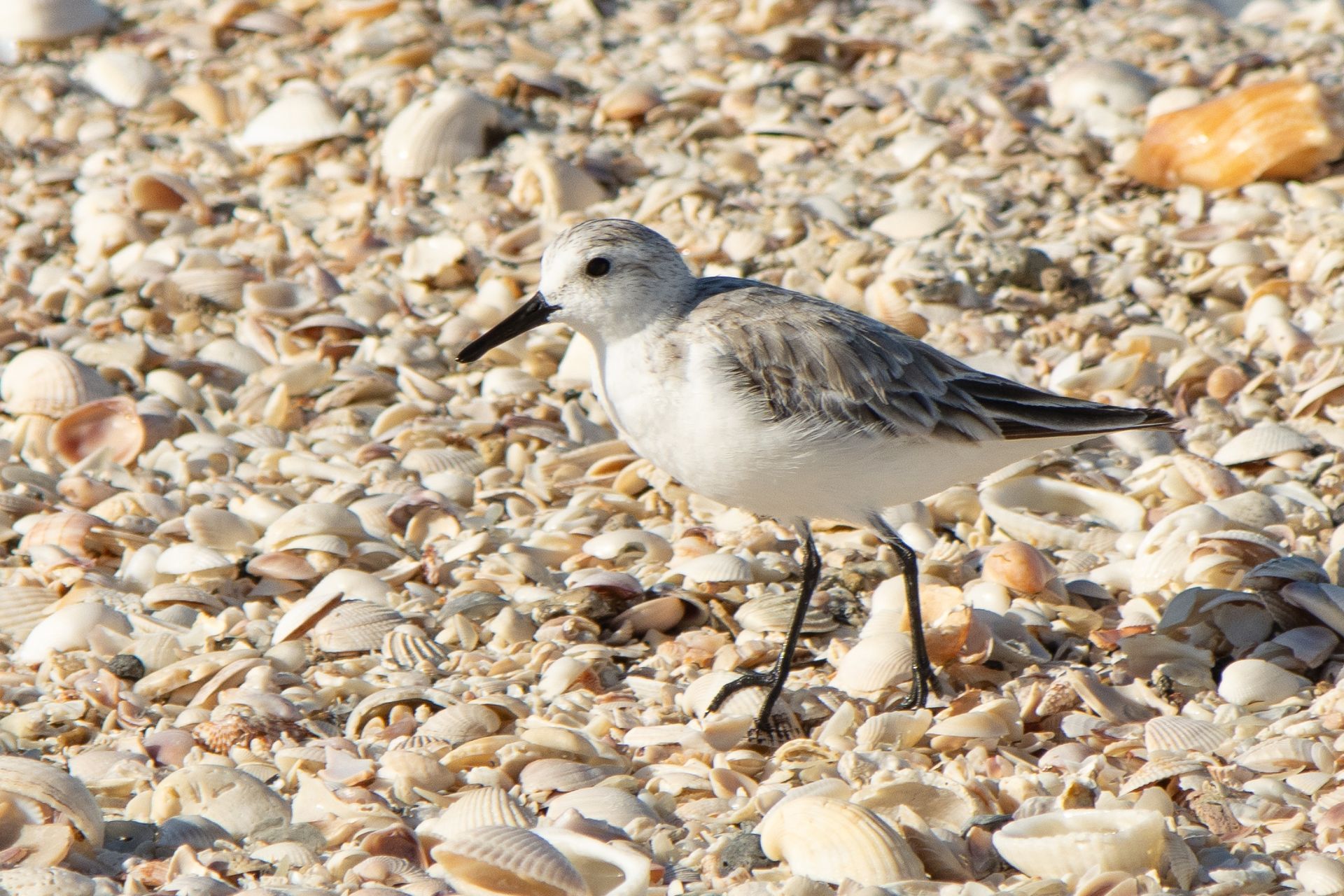
What this means for visitors and volunteers
If you love Lovers Key, the choices made around renourishment are good news — they protect the beach for people and wildlife alike. Here’s how you can help:
• Respect posted signs and fenced areas. These protect nests, not people.
• Keep lights off or shielded at night during nesting season; turn flashlights downward.
• Keep dogs off the main beach (pets can harass nesting birds and dissuade turtles).
• Volunteer with local nest-monitoring or beach-steward programs if you have time and training — Friends groups and state parks often run seasonal programs. friendsofloverskey.org
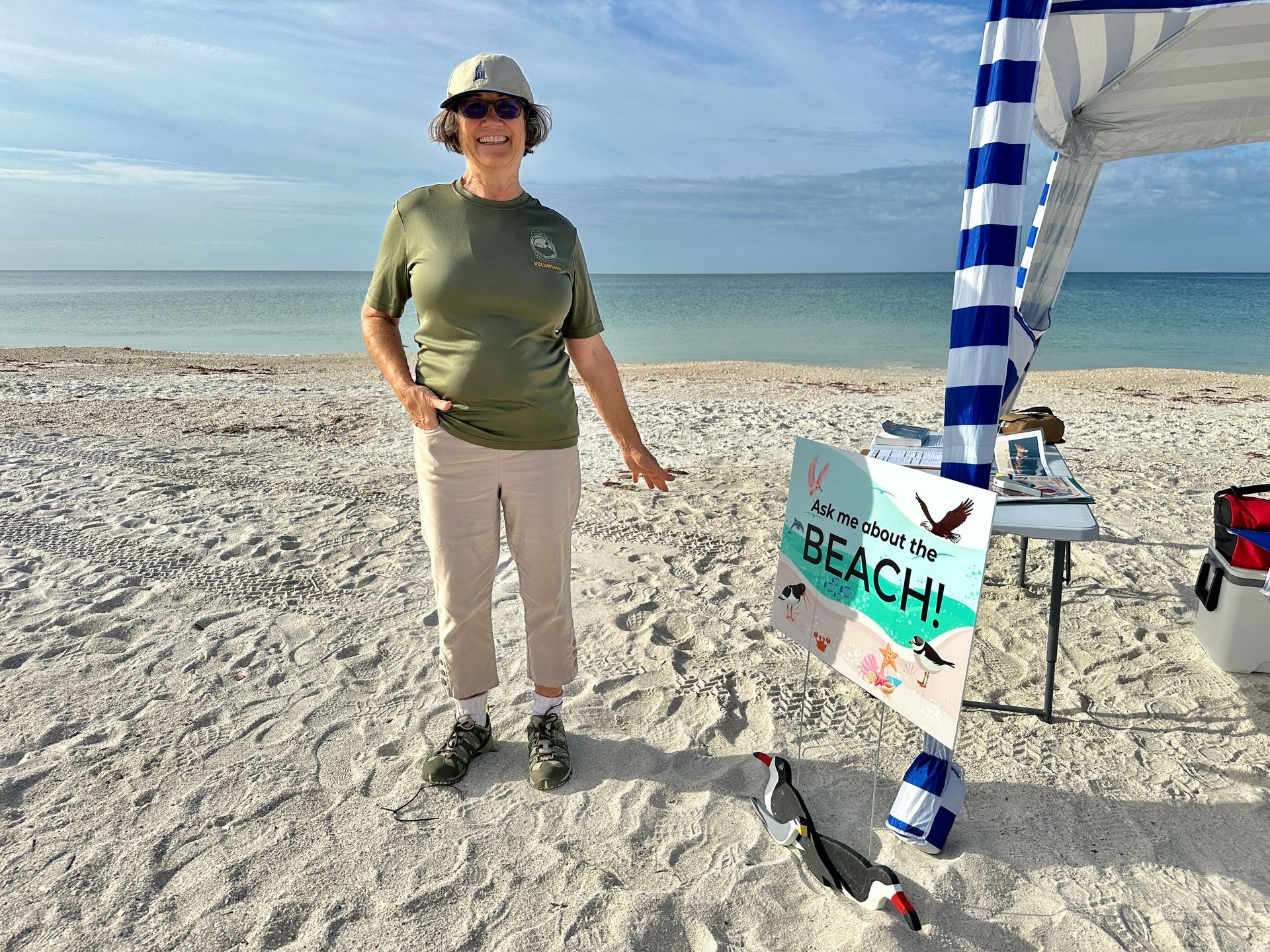
Balancing short-term disruption with long-term gain
Yes — construction noise and temporary access changes can be inconvenient. But a carefully planned renourishment can protect dune systems, improve long-term nesting habitat by maintaining beach width, and help the park weather the next storm with fewer losses to infrastructure and habitat. That balanced approach — engineering guided by biology — is what allows Lovers Key to remain both a welcoming park for people and a sanctuary for shorebirds and sea turtles.
Closing thought
Coastal stewardship at Lovers Key is a community effort: state and county agencies, contractors, park staff, volunteers and visitors all play a part. By understanding the nesting seasons and why nourishment timing matters, beach lovers can be allies in protecting nests and hatchlings while supporting the long-term resilience of this remarkable stretch of Gulf shoreline.


Share This Article
